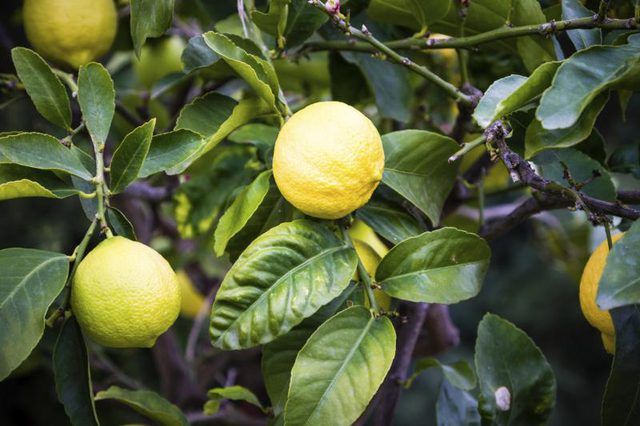Bulbs
Flower Basics
Flower Beds & Specialty Gardens
Flower Garden
Garden Furniture
Garden Gnomes
Garden Seeds
Garden Sheds
Garden Statues
Garden Tools & Supplies
Gardening Basics
Green & Organic
Groundcovers & Vines
Growing Annuals
Growing Basil
Growing Beans
Growing Berries
Growing Blueberries
Growing Cactus
Growing Corn
Growing Cotton
Growing Edibles
Growing Flowers
Growing Garlic
Growing Grapes
Growing Grass
Growing Herbs
Growing Jasmine
Growing Mint
Growing Mushrooms
Orchids
Growing Peanuts
Growing Perennials
Growing Plants
Growing Rosemary
Growing Roses
Growing Strawberries
Growing Sunflowers
Growing Thyme
Growing Tomatoes
Growing Tulips
Growing Vegetables
Herb Basics
Herb Garden
Indoor Growing
Landscaping Basics
Landscaping Patios
Landscaping Plants
Landscaping Shrubs
Landscaping Trees
Landscaping Walks & Pathways
Lawn Basics
Lawn Maintenance
Lawn Mowers
Lawn Ornaments
Lawn Planting
Lawn Tools
Outdoor Growing
Overall Landscape Planning
Pests, Weeds & Problems
Plant Basics
Rock Garden
Rose Garden
Shrubs
Soil
Specialty Gardens
Trees
Vegetable Garden
Yard Maintenance
How to Grow Lemon Trees in Arizona
How to Grow Lemon Trees in Arizona. Arizona's climate zones range from the low-elevation deserts in the southern part of the state to plateaus and mountain ranges in the central and northern parts that have cold, snowy winters. U.S. Department of Agriculture plant hardiness zones go from [4b through 10b](...

Arizona's climate zones range from the low-elevation deserts in the southern part of the state to plateaus and mountain ranges in the central and northern parts that have cold, snowy winters. U.S. Department of Agriculture plant hardiness zones go from 4b through 10b. Grow lemons (Citrus limon) outdoors if you live within USDA zones 9 through 11. Otherwise, grow lemons in containers so you can move them indoors for winter.
Choose a Warm Spot
Lemon trees grow well in hot summer, mild winter areas of Arizona -- the state is the second largest U.S. commercial producer of lemons. Lemons need well-draining soil, full sun and as frost-free an area as you can provide. If your neighborhood gets occasional freezes, plant the lemon tree in a warm part of your yard, such as against a south-facing wall, and be prepared to cover the tree if a frost is expected.
Water Regularly
Because lemon trees grow throughout the year, they can have fruit, flowers and young fruit on the tree at the same time. The trees need regular watering, usually a deep watering every one to two weeks in summer and every three to four weeks in winter. But lemons vary in how frequently they need water, depending on the weather, the soil type and how fast they're growing.
Determining Watering Frequency
Rather than putting your lemon on a set watering schedule, test the ground for moisture with a moisture meter or a soil probe, such as a long screwdriver. If the top 2 to 3 inches of soil are dry, water the tree. Don't let the soil in the root zone, which is the top 12 to 24 inches of soil, dry out. You can create a basin around the tree or use soaker hoses or drip irrigation. Apply deep, thorough waterings rather than shallow ones.
Fertilizer Needs
Lemon trees also need regular fertilizer using a citrus fertilizer such as 6-4-6 that's applied three times a year. Suggested timing for mild winter areas is to apply equal fertilizer doses in January or February, April or May and in August or September. Spread the fertilizer evenly under the tree branches, keeping it away from the trunk, at rate of 1 cup for every 24 square feet. Rake the fertilizer into the top 1 to 3 inches of soil and water the tree thoroughly.
Spacing Lemons
Lemon trees vary in mature size, which means how far apart to space them depends on the variety. "Lisbon" (Citrus limon "Lisbon") reaches 25 to 30 feet tall and 25 feet wide, so space trees about 35 feet apart. Slightly smaller "Eureka" (Citrus limon "Eureka") grows to about 20 feet tall and as wide, with a spacing of 25 feet. A variegated lemon, "Pink Variegated Eureka" (Citrus limon "Eureka Variegated Pink") is smaller, 12 to 15 feet tall and wide, with a spacing of 20 feet. Smaller yet is "Meyer Improved" Lemon (Citrus limon "Meyer Improved"), thought to be a hybrid between lemon and an orange. It grows 8 to 10 feet tall and 12 feet wide, so space them 15 feet apart.
Lemons in Containers
To grow lemon trees in containers, choose the smaller-growing lemon varieties, which won't attain their full size in containers. Young trees need at least a 5-gallon container, transplanting them as they grow until they're in a 16- or 20-gallon pot size. If portability is a consideration, choose lighter weight plastic pots over terra cotta ones. A "Meyer Improved" lemon tree may still set fruit even if it's kept totally indoors.
Container Plant Care
Use a commercial potting mix with ingredients such as peat, perlite, vermiculite and aged compost. It should be well-draining. Place containers in a sunny area. Fertilize with citrus food once a month from the time new leaves appear in spring until midsummer. Use 2/3 tablespoon of fertilizer for each 1 square foot of potting soil area, or according to the rates on the label. You can grow container lemons outdoors once all danger of frost has passed. Move them indoors before the first frost.